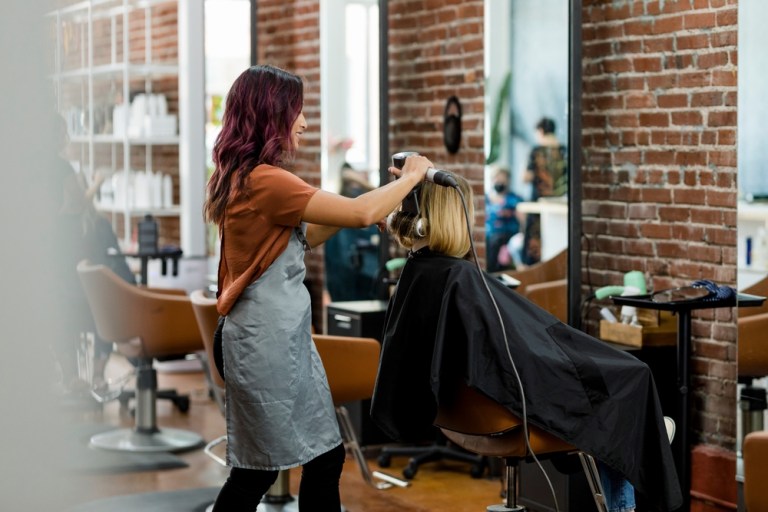PYMNTS Intelligence: Convergence of Beauty Services and Products Puts Spotlight on Partnerships

The pandemic’s closures of in-person businesses forced a hard digital pivot on beauty services providers — one that allowed many to survive. With increasing consumer demand for convenient and contactless payment options, however, the industry is finding value in digital transformation long after most pandemic strictures have eased. Nearly 90% of Americans used some form of digital payments in 2022, 62% used two or more forms — up from 51% the year before — and the use of mobile wallets has surged.![]()
The beauty industry is on the road to wellness, but as pandemic-fueled trends evolve, it is seeing new shifts in how consumers purchase and interact with both service and product offerings, creating challenges and opportunities for both.
Digital shift becoming permanent
Whether spas or salons, providers of beauty services are expanding their digital presence, from booking and payment capabilities to customer outreach and advertising. Online booking, in particular, is now a must. Nearly half of beauty and hair salon customers book their appointments outside of a salon’s operating hours, and a larger percentage of customers, after using online booking functionality, keep booking appointments online. Without offering customers a convenient way to book and pay for appointments, beauty services providers can no longer compete with more technologically advanced establishments.
Digital payments can also help beauty services providers lower costs. Traditional payment methods, such as cash and checks, require manual handling and processing, which can be labor-intensive and costly. Receiving paper checks, for example, has a median cost of $1 to $2, compared with a cost of 26 cents to 50 cents for an automated clearinghouse payment.![]()
Responding to the growing convergence of services and products
Although the beauty services industry is on its way to well-being, a recent report identifies a number of new challenges that have grown out of the pandemic’s market disruption. While researchers forecast strong growth for specialized offerings, such as luxury spas and salons and nonsurgical skin services, they predict a slower recovery for traditional salons and spas due to both an increase in labor costs and consumers having become accustomed to do-it-yourself solutions during the pandemic.
According to the report, the number one beauty industry trend is a blurring of the line between brands that offer products and those that offer services, which is being driven by both groups. Retailers are seeking to grow foot traffic with technology-fueled “experiential” offerings that mimic salon or spa services. Meanwhile, sales of products from within spas and salons are expected to outpace the overall services market.
For this reason, the report recommends that service providers leverage their stronger relationships with customers to expand into product sales as a way of diversifying their revenue streams. In particular, partnerships with beauty product brands can benefit service providers by offering marketing and other sales support.